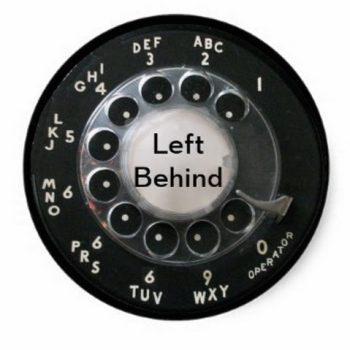Twenty years is, like, six generations in internet time.
From March 15, 2011, “Learning to drive“:
In one of the early meetings of the National Religious Partnership for the Environment, Rabbi Tsvi Blanchard spoke about the need to help congregants “sacralize” their everyday lives. If we want people of faith to care for creation as part of their faith, the rabbi said, then we need to help them think of things like driving as an expression or a part of that faith.
I was at that meeting as part of the Evangelical Environmental Network, and when he said that, I heard it first with evangelical ears. My people are very big on this idea of sacralizing daily life. We do it with rules. Lots and lots of rules. And I wasn’t sure that adding a bunch of environmental rules to the existing very long list was going to go over very well. We already had more rules than we could possibly keep track of.
But the rabbi wasn’t talking about rules.
Blanchard discussed how few events are more significant in the life of a 16- or 17-year-old than getting their driver’s license. It’s something that American teenagers long for, look forward to and worry about for years ahead of time. And it’s something that truly, significantly changes their lives ever after.
And yet it’s a milestone, a passage, that synagogues and churches have mostly ignored.
So his congregation set out to correct that, creating a ritual and a celebration to accompany and to sacralize the life-changing moment. When members of his congregation received their driver’s licenses, the whole congregation would mark that achievement with them. I forget all the details of the ritual and celebration he described. There was a prayer to bless the driver and the vehicle, after which the new driver drove a circle around the parking lot of the synagogue seven times around to the cheers of the congregation. And then, of course, there was food — if we eat together after weddings and funerals, then it makes sense to eat together here too. …












